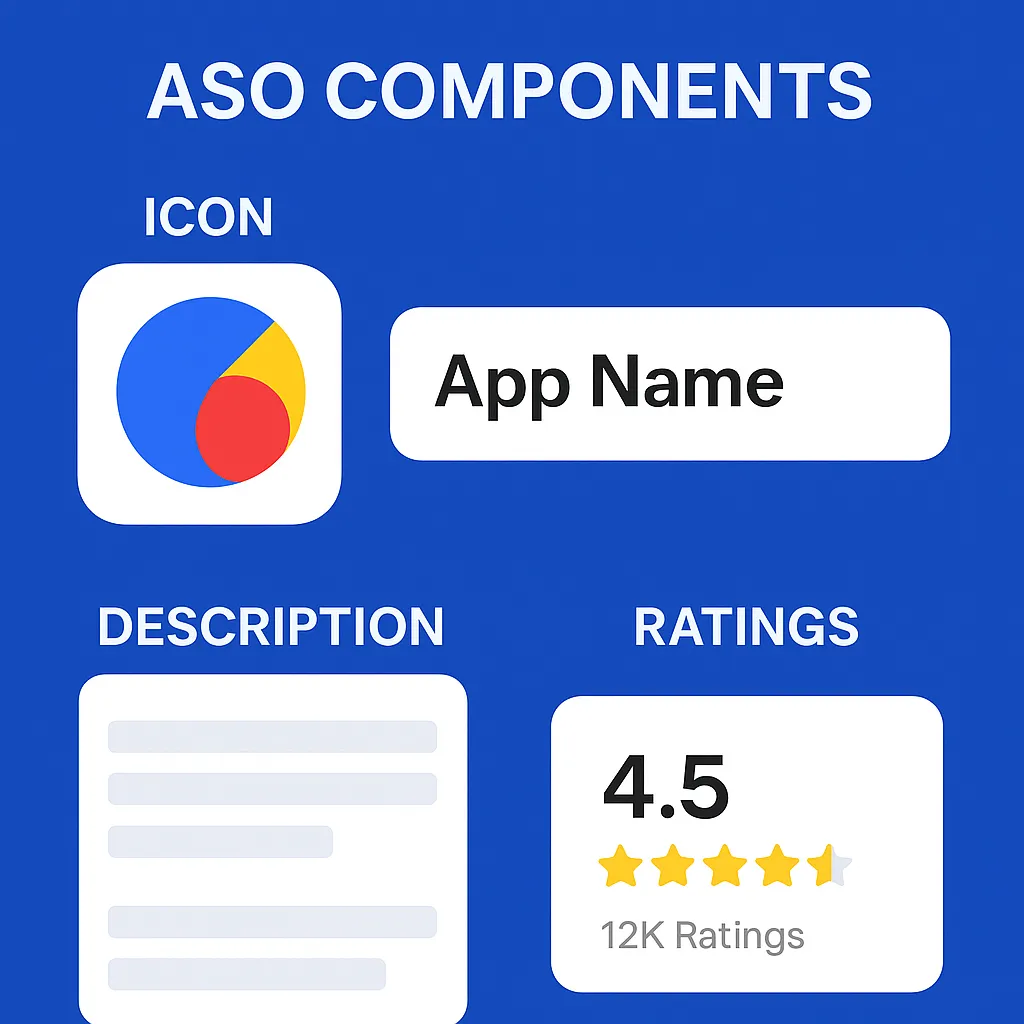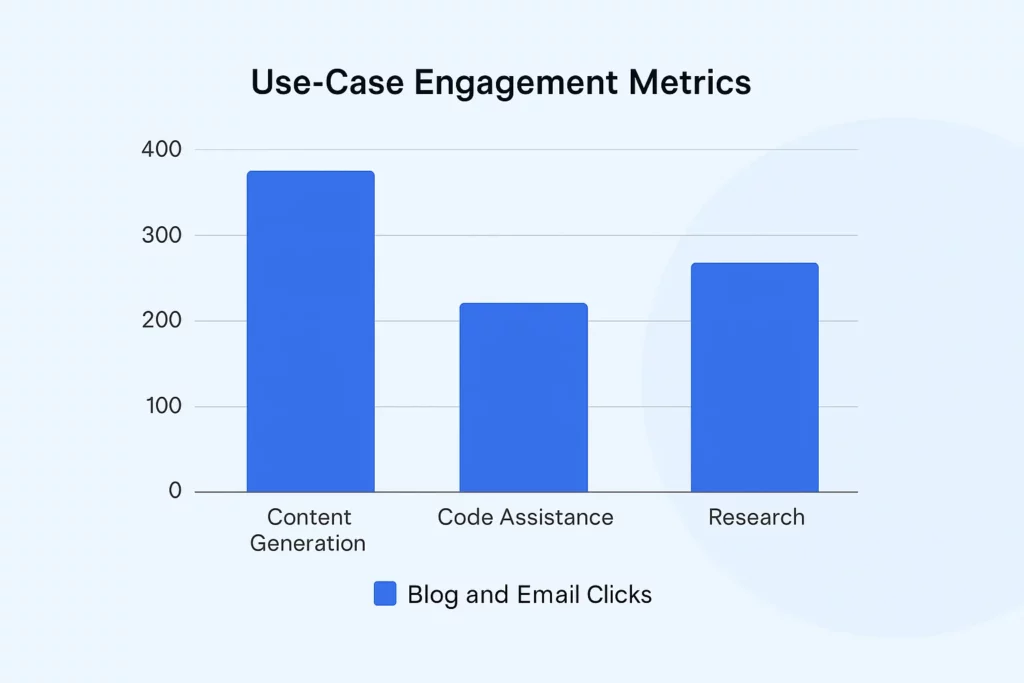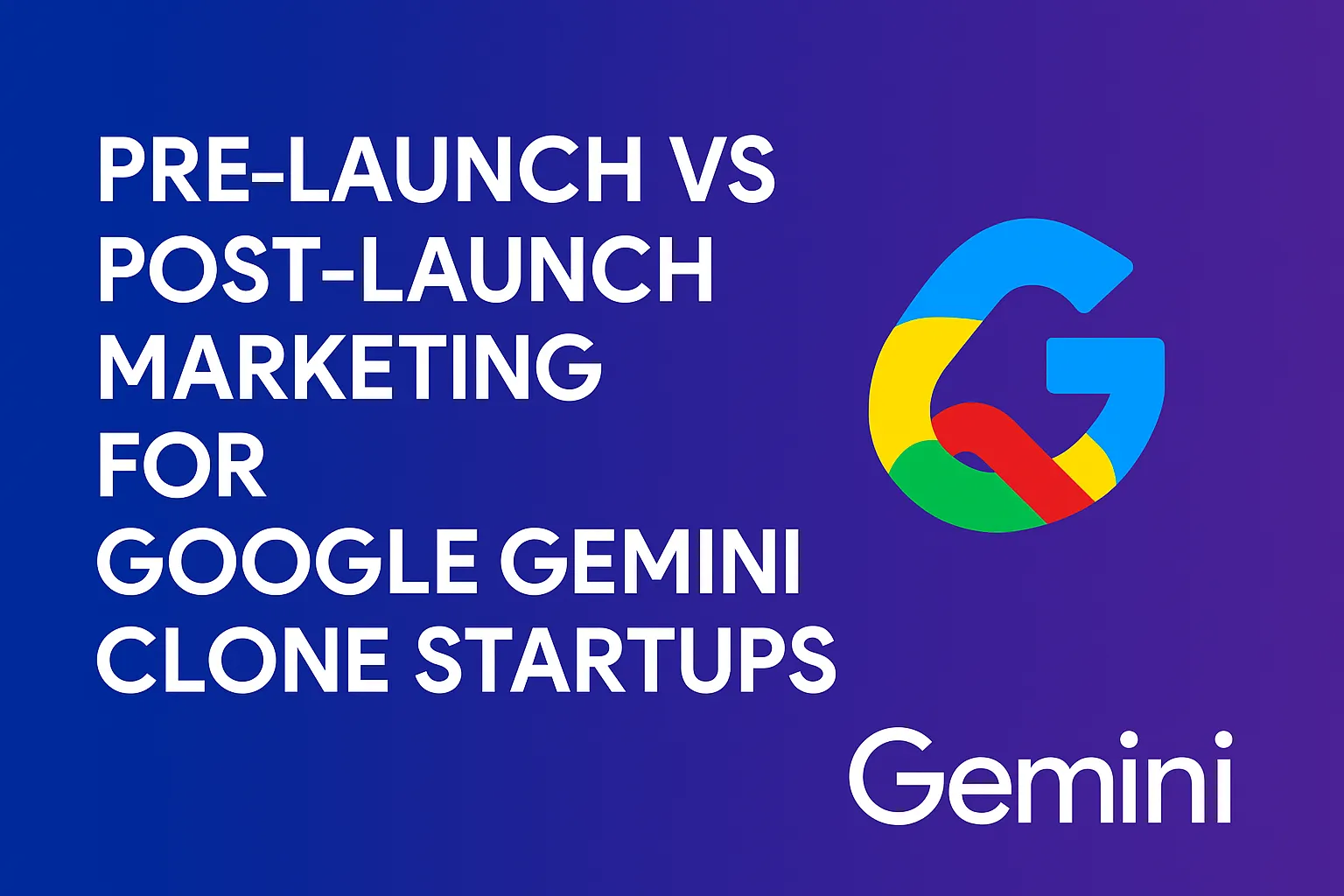So you’ve decided to take on the titans and build your own Google Gemini clone. Bold? Absolutely. But hey, we’re in an era where AI tools are the new co-founders, idea refiners, pitch editors, and late-night productivity buddies. The demand is massive—but so is the noise.
Here’s the thing: most AI founders obsess over model tuning, token limits, and prompt training… and forget the cardinal rule of launch—if no one hears about it, no one uses it. You need to market your AI assistant before it’s even born. Not with hype—but with trust, credibility, and curiosity.
At Miracuves, we’ve helped creators and entrepreneurs build and scale high-performance AI clones that rival the biggest players. Whether you’re prepping for launch or already live, here’s how to market your Gemini-like app right—pre and post-launch.

Why Pre-launch Marketing Matters for AI & LLM Startups
Launching a Google Gemini alternative isn’t just about the model—it’s about the momentum. When you’re competing with brands like OpenAI, Anthropic, and Google, pre-launch trust-building is your secret weapon.
Why AI Users Research Before They Try
- AI tools affect workflows, creativity, and even company IP
- Trust in data privacy is a major decision driver
- Early credibility signals (like waitlists, social buzz, UI previews) help you stand out
- SEO for long-tail queries (e.g., “best ChatGPT alternative for code generation”) is won before you go live
Pre-launch Strategy for Your Gemini Clone Startup
1. Landing Page with Transparent AI Use Cases
Highlight your LLM’s capabilities: Can it write better? Code faster? Explain legal terms in plain English? Use headings like:
“Built for founders. Trusted by freelancers. Fast enough for developers.”
2. Waitlist Funnel With Personalized Email Drips
Collect emails and segment users: marketers, devs, legal pros, educators. Send each group use-case-driven previews and micro case studies.
3. Build-in-Public via X (Twitter), Threads & LinkedIn
Share behind-the-scenes: your model architecture choices, UI iterations, and token pricing dilemmas. Show the human behind the machine.
Stat Source: According to TechCrunch, 68% of early adopters follow “build-in-public” founders and prefer transparent product journeys.
4. Invite Micro-Creators & Community Moderators
Give early access to Reddit community mods (r/Artificial), mid-tier YouTubers who review AI tools, or indie devs on Product Hunt. They’ll stress-test and promote you—authentically.
Post-launch Marketing: From Alpha Mode to App Store Star
You’re live—nice! But now it’s time to think beyond virality. Post-launch is about user education, refinement, and data-backed growth.
Post-launch Marketing Goals
- Retain and activate users who signed up
- Educate users on “hidden” power features
- Improve UX based on early feedback
- Launch monetization pathways or pro plans
Post-launch Marketing Must-Dos
1. ASO for Mobile Gemini Clones
If your tool has a mobile version, optimize with keywords like:
“AI chat assistant”, “Gemini alternative”, “AI code helper”, “AI productivity bot”
2. Retarget Users Who Didn’t Convert
Use retargeting ads like:
“Still writing your emails manually?” or
“Try our AI that explains code in plain English”
Point them to new demos or video walkthroughs.
3. Community-Driven Feature Releases
Host voting polls for “Next Feature to Add,” share live roadmap Trello boards, and launch features with your users.
4. Launch “Use Case Spotlight” Series
Create content like:
- “How Devs Use [Your App] to Auto-Document APIs”
- “How Freelancers Cut Proposal Writing Time by 60%”
Share these via blog, Medium, and LinkedIn.
Pre-launch vs Post-launch: How the Game Changes
| Focus Area | Pre-launch | Post-launch |
|---|---|---|
| Audience Goal | Build curiosity & waitlist | Drive active usage & referrals |
| Channels | Landing page, email, social storytelling | Ads, feature releases, SEO, push alerts |
| Tactics | Beta access, sneak peeks, influencer drops | Content, retargeting, upgrade campaigns |
| Metrics | Signups, social shares, feedback loops | Retention, activation rate, revenue |
Common Mistakes That Break AI Clone Launches
- Too much hype, too little clarity
Users need what it does, not just “powered by LLM magic.” - Forgetting to show use cases
Don’t assume users will figure it out. Demonstrate it clearly. - Launching without onboarding
Use tooltips, guided flows, and welcome emails to drive Day 1 retention. - Skipping analytics setup
Track how users move across prompts, where they drop off, and what features they never find.

Features of Google Gemini Clone
A Google Gemini clone app offers advanced AI chatbot features, including natural language understanding, voice and text interaction, real-time responses, and multi-language support. It can generate content, answer questions, assist with tasks, and integrate with various apps and tools. The app includes user-friendly design, personalized suggestions, secure data handling, and cloud-based performance. Admin features include usage analytics, model training controls, and access management, making it ideal for businesses or developers building smart, interactive AI assistants.
Learn More: Google Gemini Features List for Creators & Startups
Conclusion
As AI assistants become more contextual, multi-modal, and proactive, the next marketing wave will be around personality. Think custom voice agents, embedded workflows in Slack, and AI that knows when not to answer.
Learn how to Build Your Own AI Assistant App with Miracuves
The AI startups that market trust, clarity, and use cases—not just speed or pricing—will dominate the feed.
At Miracuves, we help innovators launch high-performance app clones that are fast, scalable, and monetization-ready.
Ready to turn your idea into reality? Let’s build together.
FAQs
1) Do I need a waitlist for my AI app?
Absolutely. It creates exclusivity, builds early demand, and helps segment your audience for better onboarding.
2) What’s the best platform to launch an AI tool like this?
Start with a great landing page + Product Hunt + X (Twitter) launch thread. Add YouTube demos if possible.
3) Should I focus on individual users or teams first?
Start with individuals—then introduce team features and scale up to B2B onboarding.
4) How important is it to personalize onboarding flows?
Super important. AI is abstract—tailored prompts make users feel seen, understood, and more likely to stick around.
5) What retention tactics actually work for AI apps?
Usage-based alerts, weekly digests, gamified streaks, and regular “You unlocked this feature!” nudges.
6) Do I need a free plan to grow fast?
It helps—especially if your tool offers unique value in 2–3 use cases. Just make sure your upgrade path is obvious.








